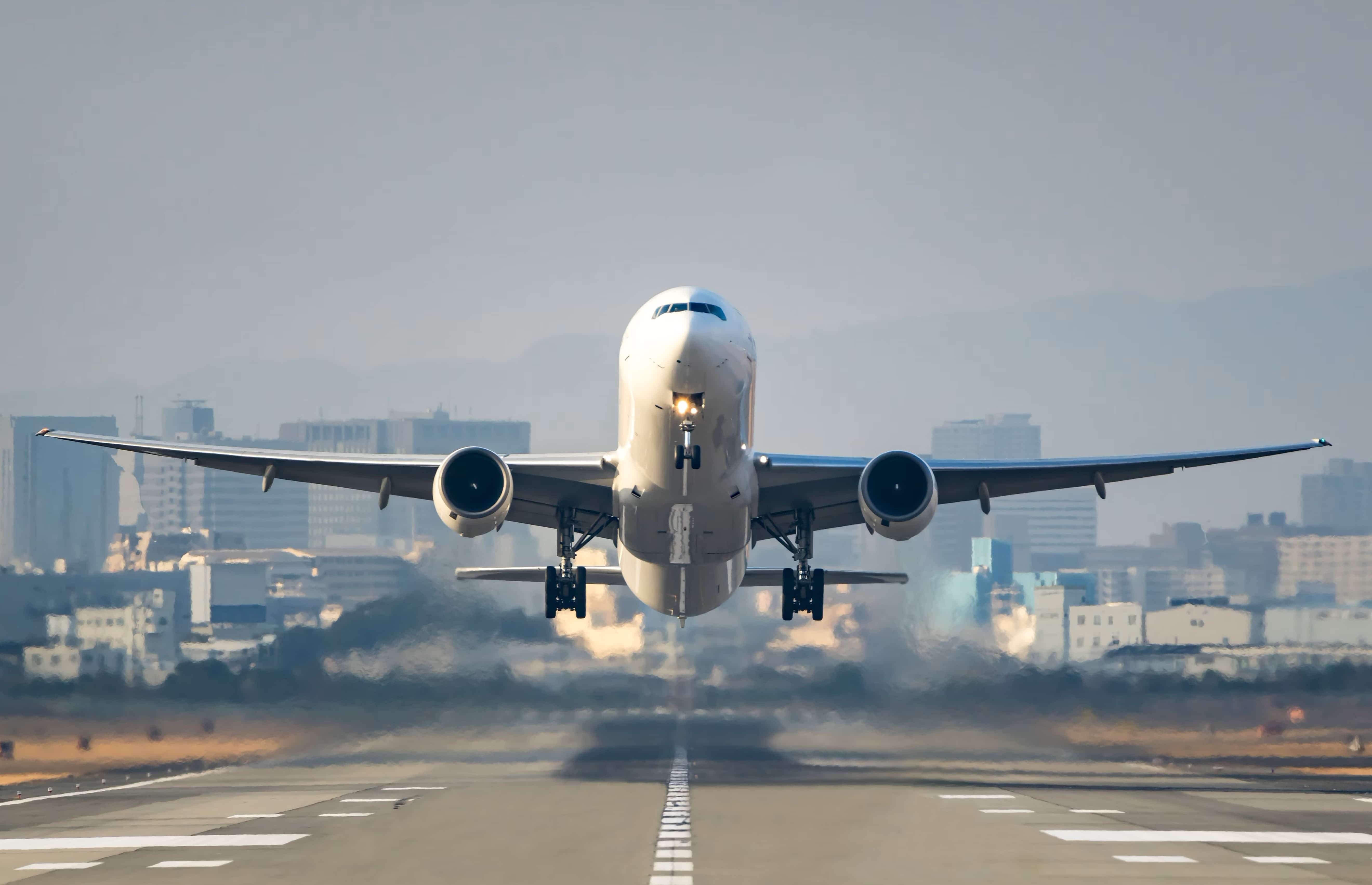
Airline route development is a complex process that involves strategic planning, market analysis, and collaboration with various stakeholders. Ever wondered how airlines decide where to fly next? Airlines consider factors like passenger demand, competition, and airport infrastructure. They also look at economic trends and tourism potential. Airports play a crucial role by offering incentives and marketing support to attract new routes. Governments may get involved too, providing subsidies or regulatory support. Understanding these elements can give you a clearer picture of how your favorite destinations become accessible. Ready to learn more? Let's dive into the fascinating world of airline route development!
Key Takeaways:
- Airline route development involves strategic planning, airport collaboration, and government involvement. Factors like market demand, economic conditions, and competition influence the decision to develop new routes.
- Technology and environmental considerations play a crucial role in airline route development. Data analytics, simulation software, fuel efficiency, and sustainable practices are key factors in planning and implementing new flight paths.
What is Airline Route Development?
Airline route development involves planning and implementing new flight paths. This process requires collaboration between airlines, airports, and governments. Here are some fascinating facts about this intricate process.
-
Strategic Planning: Airlines use data analytics to determine potential routes. They analyze passenger demand, competition, and economic trends.
-
Airport Collaboration: Airports often pitch to airlines to start new routes. They offer incentives like reduced landing fees or marketing support.
-
Government Involvement: Governments may negotiate air service agreements. These agreements set the terms for international flights between countries.
Factors Influencing Route Development
Several factors influence the decision to develop a new route. These factors ensure the route's profitability and sustainability.
-
Market Demand: Airlines assess passenger and cargo demand. High demand increases the likelihood of a new route.
-
Economic Conditions: Economic stability in a region can attract new routes. Airlines prefer markets with strong economic growth.
-
Competition: Airlines consider existing competition on a route. Less competition can make a new route more attractive.
The Role of Technology
Technology plays a crucial role in airline route development. It helps airlines make informed decisions and optimize their operations.
-
Data Analytics: Airlines use advanced analytics to predict demand. This helps in planning routes that maximize profitability.
-
Simulation Software: Simulation tools model different scenarios. They help airlines understand the potential success of a new route.
Environmental Considerations
Environmental factors are increasingly important in route development. Airlines aim to reduce their carbon footprint while expanding their networks.
-
Fuel Efficiency: Airlines consider the fuel efficiency of aircraft. More efficient planes can make longer routes viable.
-
Sustainable Practices: Airlines adopt sustainable practices to minimize environmental impact. This includes using biofuels and optimizing flight paths.
Final Thoughts on Airline Route Development
Airline route development is a fascinating mix of strategy, economics, and logistics. Airlines don't just pick destinations on a whim. They analyze market demand, competition, and operational costs. New routes can boost tourism, create jobs, and connect communities. However, they also come with risks like fluctuating fuel prices and geopolitical issues. Understanding these factors helps us appreciate the complexity behind our travel options. Next time you book a flight, remember the intricate planning that made that route possible. It's not just about getting from point A to point B; it's about connecting the world in a thoughtful, strategic way. So, whether you're a frequent flyer or an occasional traveler, knowing these facts can give you a new perspective on the airline industry. Safe travels!
Frequently Asked Questions
Was this page helpful?
Our commitment to delivering trustworthy and engaging content is at the heart of what we do. Each fact on our site is contributed by real users like you, bringing a wealth of diverse insights and information. To ensure the highest standards of accuracy and reliability, our dedicated editors meticulously review each submission. This process guarantees that the facts we share are not only fascinating but also credible. Trust in our commitment to quality and authenticity as you explore and learn with us.


